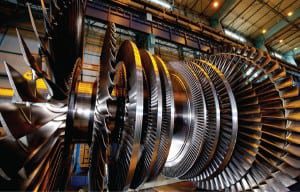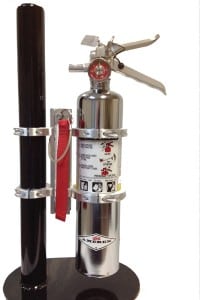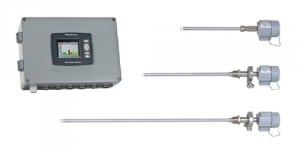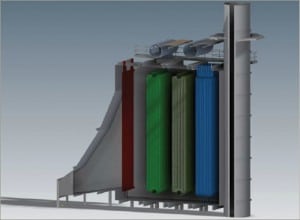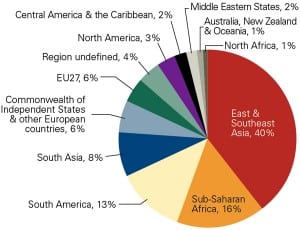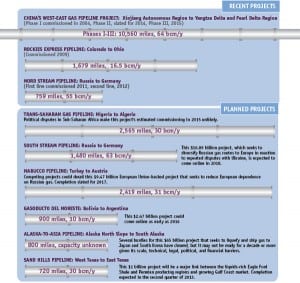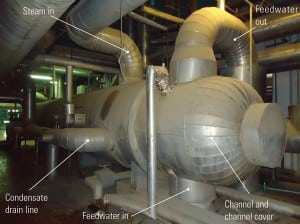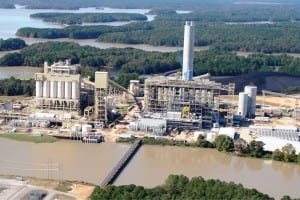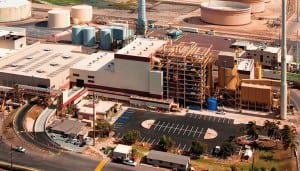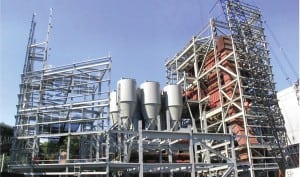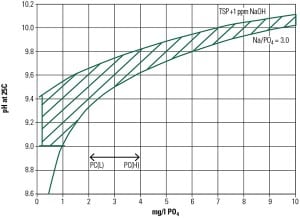In This Issue
-
Renewables
The Spotlight on a Mexican Success Story
Energy demand in Mexico, according to the Secretary of Energy (SENER), will increase by approximately 4% each year for the next ten years, and with it the potential for private sector growth in the industry. Download the report.
-
Wind
Rethinking Wind’s Impact on Emissions and Cycling Costs
Recent reports by the National Renewable Energy Laboratory and others suggest that the emissions-reducing benefits of renewable energy sources such as wind and solar may have been overstated and the cost of cycling fossil-fueled plants underestimated. These findings may change how utilities and policymakers weigh the costs and benefits of wind and solar energy.
-
O&M
Steam Turbine Blade Reverse Engineering, Upgrade, and Structural Design
Steam turbine blade cracking often suggests the need for an upgraded blade design. Follow the process of reversing engineering a failed blade to produce a more reliable and efficient design.
-
News
Quick-Release Mount for Fire Extinguishers
A new modular and durable quick-release mount for popular fire-extinguisher sizes is now available from Off-Road Solutions (ORS). The system uses two pieces of 6061-T6 billet aluminum: one attaches to the extinguisher while the other piece secures to a fixed object. The 3/16-inch hinge pin and 3/8-inch quick-release pull pin with detent ball are made […]
-
News
EPA-Compliant Particulate Monitor
Filtersense’s new continuous particulate emissions monitor and baghouse leak detector incorporates “Automatic Zero and Span Checks” to eliminate manual calibration audits, as required by the U.S. Environmental Protection Agency (EPA) for Maximum Achievable Control Technology (MACT) standards and other regulations for fabric filter particulate emissions monitoring. In addition to internal self-checks, the company’s field-proven induction-sensing […]
-
Nuclear
Too Dumb to Meter, Part 9
As the book title Too Dumb to Meter: Follies, Fiascoes, Dead Ends, and Duds on the U.S. Road to Atomic Energy implies, nuclear power has traveled a rough road. In this POWER exclusive, we present the 16th and 17th chapters, “Uranium Rush and the New ’49ers” and “Naked Shorts at Westinghouse,” the first two chapters of the “False Scarcity and Fools for Fuels” section.
-
News
New HRSG Line for 100-MW Gas Turbines
ATCO Emissions Management (ATCO) announced the addition of heat recovery steam generators (HRSGs) to its line of gas turbine auxiliary equipment for the power, oil, gas, and cogeneration markets. The new HRSG product, an energy recovery heat exchanger that recovers heat from a hot gas stream, will initially serve facilities with gas turbines up to […]
-
Gas
Should the U.S. Export Natural Gas?
Controversy concerning natural gas exports flared the day the U.S. Energy Information Administration (EIA) released its estimate that U.S. natural gas exports could begin in 2021.
-
Commentary
Biogas: An Alternative Energy Source
Most professionals in the energy industry know about biomass; fewer of us are conversant with biogas. This commentary explains the basics of biogas, with a focus on its current use and future potential as a source of electrical power.
-
Coal
Nations Agree to Legally Binding Instrument to Curb World’s Mercury Emissions
Mercury emissions from power plants in 137 United Nations member countries could be subject to strict controls and reductions if an international treaty is signed by participating nations this October.
-
Gas
Japan Banks on LNG
Japan’s scramble to replace generation lost from nuclear power plants that were shuttered after the March 2011 Fukushima Daiichi nuclear accident has forced it to rely on pricey imports of fossil fuels—and soaring energy costs are hammering the world’s third-largest economy.
-
Coal
Despite Pollution-Curbing Efforts, Dense Smog Covers Wide Swath of China
Four bouts of dense smog described as the worst air pollution in recent memory enveloped more than half of China in January, from the Beijing-Tianjin-Hebei triangle in the north of the country to Nanjing in the south, via the central city of Wuhan.
-
Hydro
Brazil Drought Threatens Power Supplies
A pervasive drought in northeast Brazil has dried up power supplies from the region’s hydropower facilities, making the area prone to blackouts and crippling economic growth in one of the country’s emerging agricultural havens.
-
Nuclear
Hungary Inaugurates Subsurface Repository for Nuclear Plant Waste
Construction of a $310 million repository about 250 meters below Earth’s surface for low- and intermediate-level radioactive waste from the operation and future decommissioning of Hungary’s power plants reached a significant milestone at Bataapati.
-
Business
POWER Digest (March 2013)
Selected business news and deals in the power generation industry.
-
Gas
THE BIG PICTURE: Stretching the Pipeline
Here are some of the longest pipelines recently built as well as noteworthy ones in the pipeline.
-
O&M
How to Avoid Feedwater Heater Drain Design Pitfalls
Feedwater heaters are used to preheat boiler feedwater by condensing steam extracted from several stages of the steam turbine. Feedwater heaters enhance the thermal efficiency of the power plant by reducing the amount of fuel burned in the boiler to produce a specified power. At the same time, the steam energy extracted from the turbine by the feedwater heater helps to reduce the rate of energy rejection to the environment via the condenser.
-
Legal & Regulatory
Align Generation Reliability and Fuel Supply Firmness
More and more electricity is generated by natural gas. This trend is likely to persist. Hydraulic fracturing technology is increasing domestic supplies and enabling natural gas prices to remain at historic lows.
-
Coal
Techno-Economic Considerations When Using Low-Grade Coal for Power Generation
The use of low-grade coal is becoming synonymous with circulating fluidized bed (CFB) power plants. Although CFB technology may often be a better choice than pulverized coal technology, that is not always the case. Owners and developers need to consider several technical and economic factors before making this decision.
-
Waste to Energy
Expanded Honolulu WTE Plant Delivers Triple Benefits for Oahu
Covanta Energy and the City and County of Honolulu recently completed a $300 million expansion of a 20-year-old waste-to-energy (WTE) facility. The plant is now capable of processing up to 3,000 tons of municipal refuse daily, recycling all the metals, and generating up to 90 MW—enough to supply nearly 10% of Oahu’s electricity.
-
Waste to Energy
Why Aren’t Construction and Demolition Wastes Considered Biomass Fuel?
You may be surprised to learn that even with the increased demand for biomass fuels for power generation, construction and demolition fuel is classified as solid waste, not biomass. Reconsidering this designation is critical as U.S. environmental regulations tighten emission profiles for solid waste combustion units and renewable portfolio standards expand.
-
Gas
Selecting a Combined Cycle Water Chemistry Program
The lifeblood of the combined cycle plant is its water chemistry program. This is particularly true for plants designed for high pressures and temperatures as well as fast starts and cycling. Even though such plants are increasingly common, no universal chemistry program can be used for all of them.



